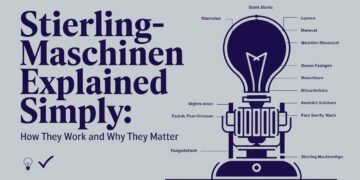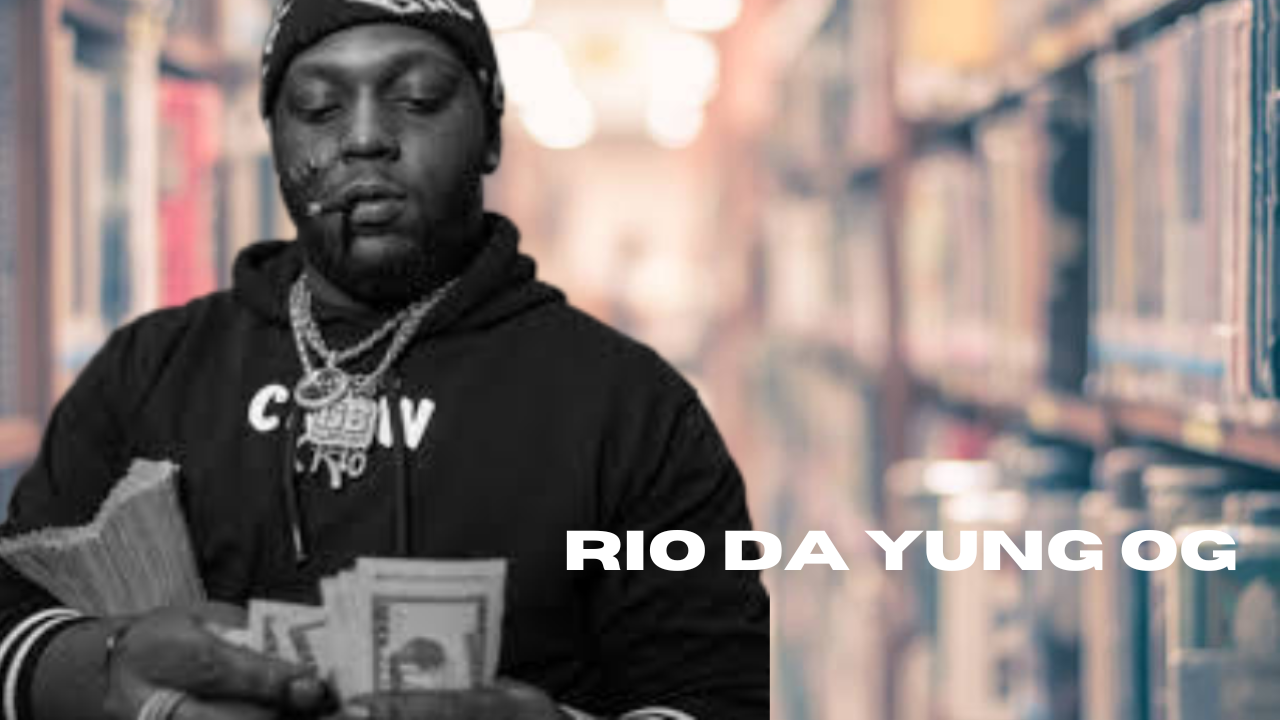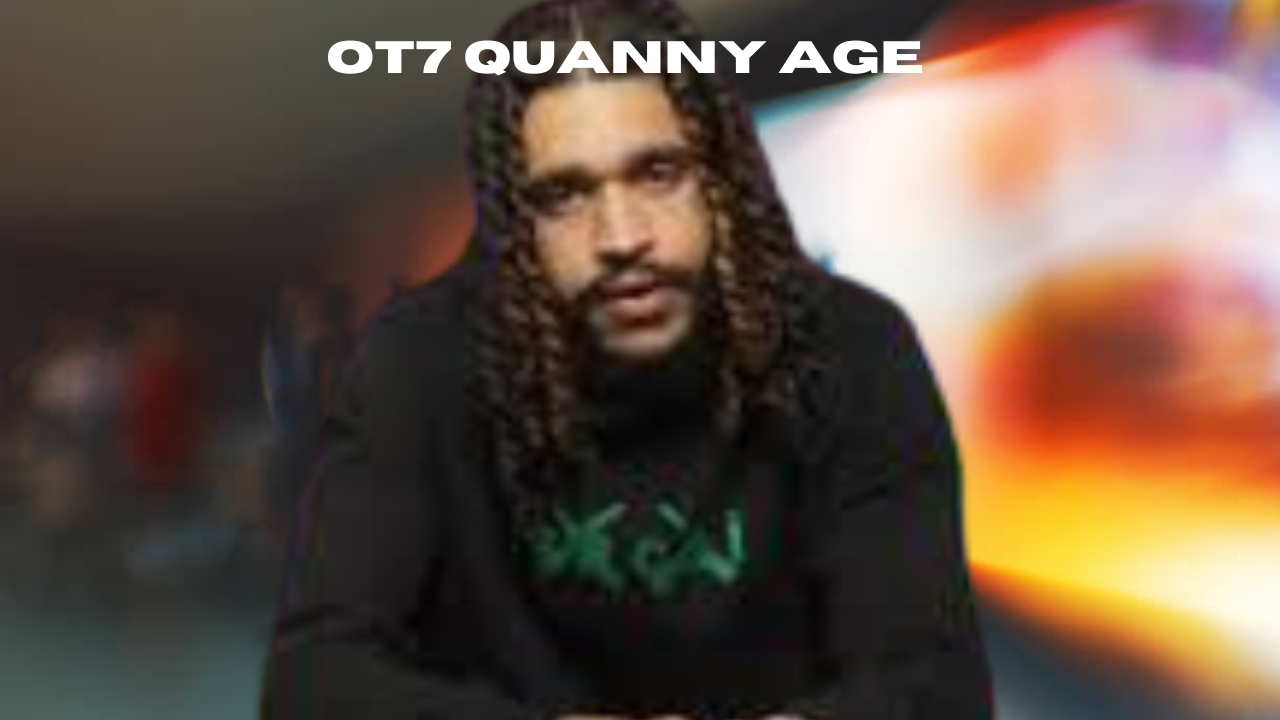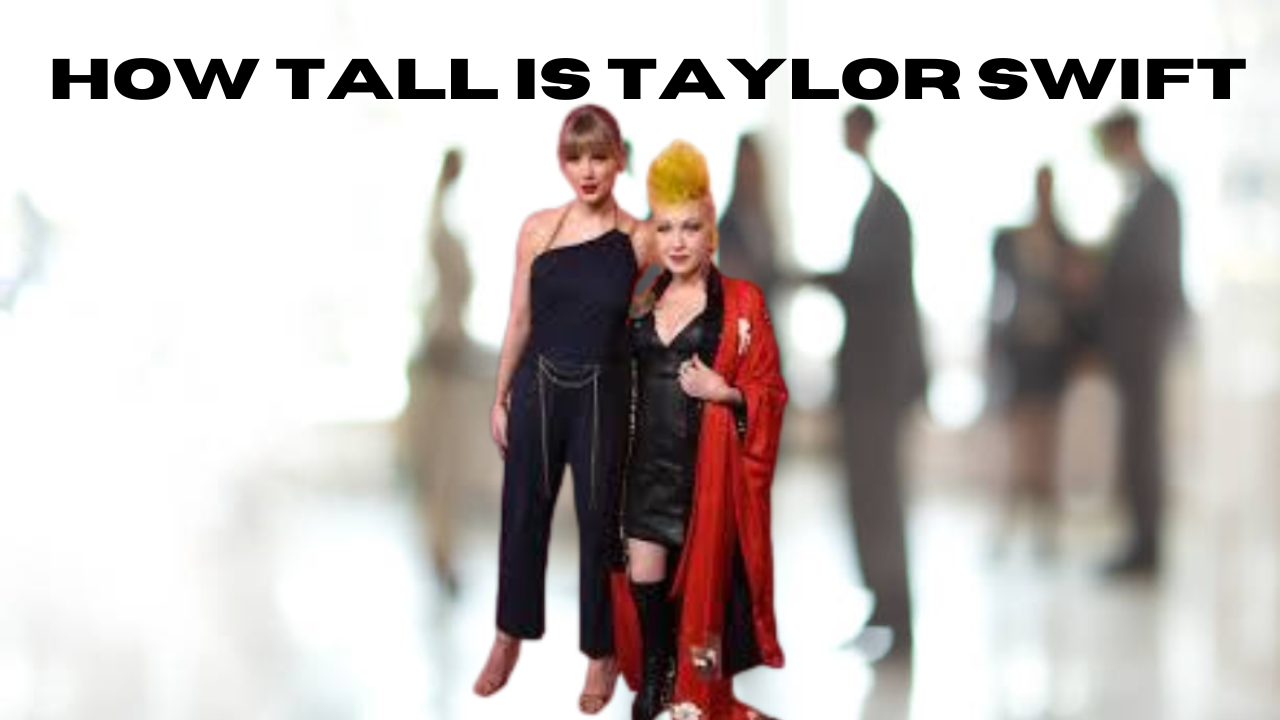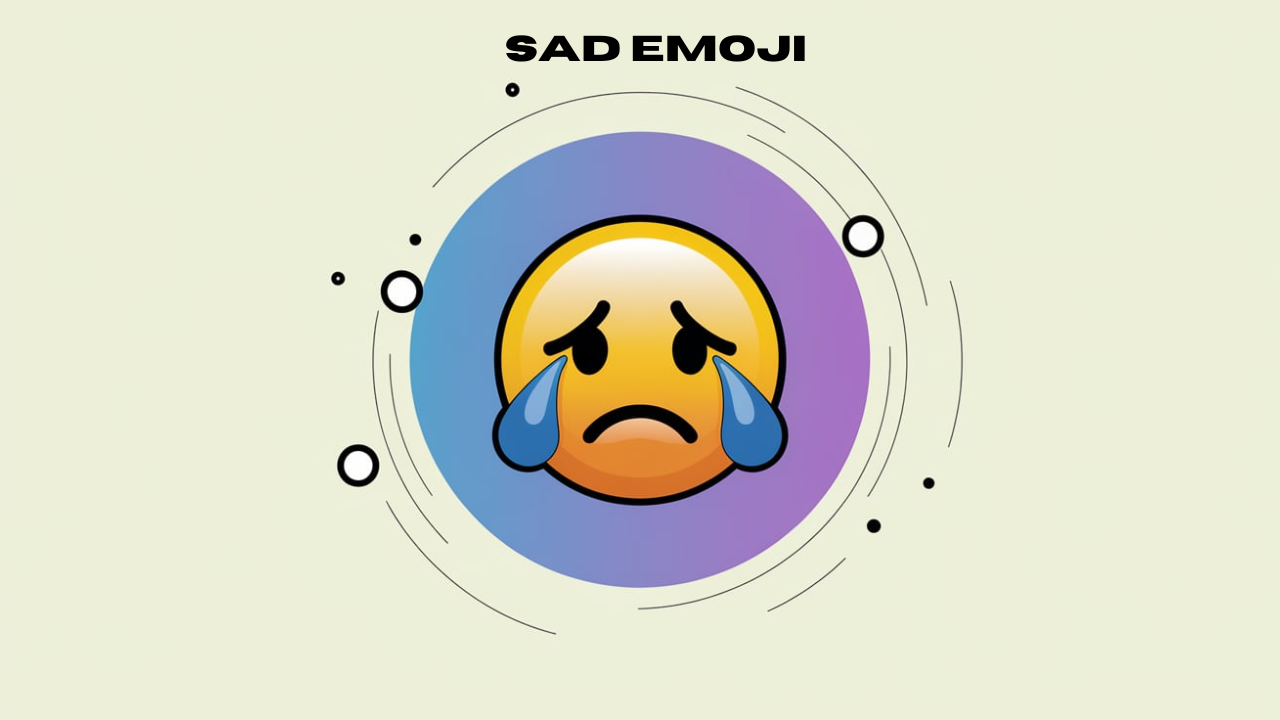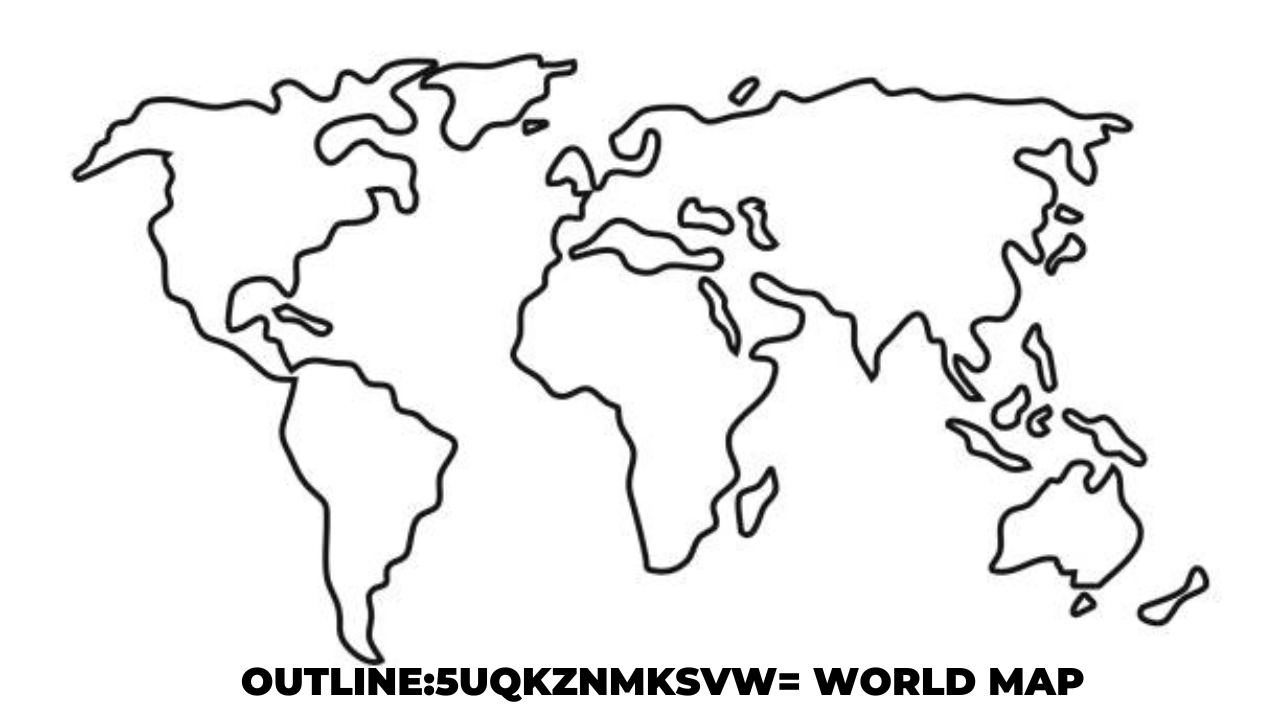The sad emoji is one of digital communication’s most expressive and widely used symbols. From conveying sorrow to expressing empathy, this small icon transcends language barriers and serves as a universal tool for emotional expression. In this article, we delve into the sad emoji’s origins, variations, and significance, highlighting its role in our daily digital interactions.
What Is a Sad Emoji?
The sad emoji is a graphical representation of sadness, often depicted as a yellow face with downturned eyebrows and a frown. Some variations include tears to emphasize grief or distress. It is a versatile symbol that conveys various emotions, including disappointment, regret, or empathy.
The popularity of the sad emoji stems from its simplicity and clarity. It instantly communicates feelings that might otherwise require several sentences to articulate. Whether used in personal messages or public posts, the sad emoji captures the essence of human emotion with just one look.
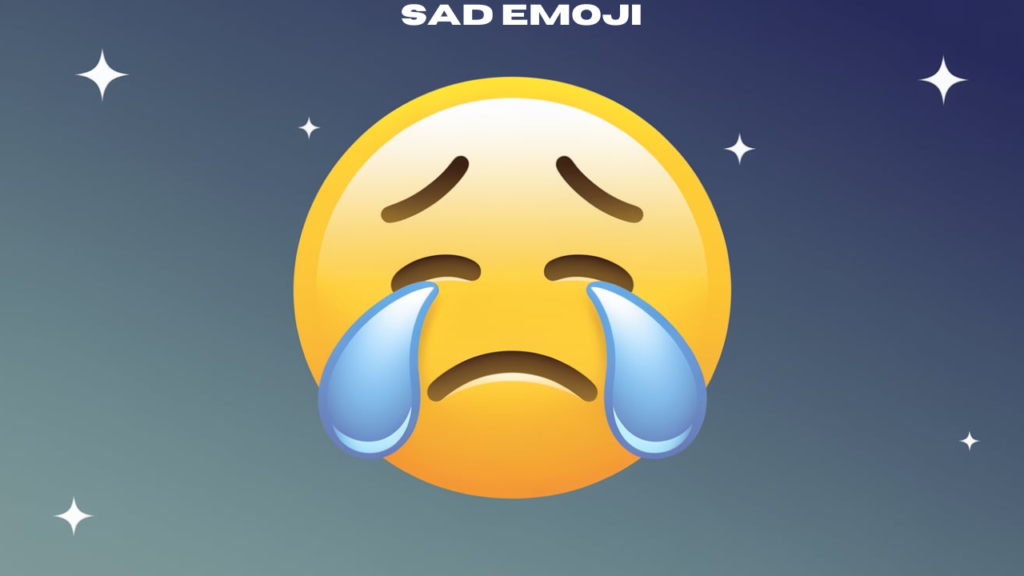
Variations of the Sad Emoji
The sad emoji has evolved into several variations, each with subtle differences to represent specific emotions:
- Frowning Face Emoji (☹): A straightforward representation of mild sadness or disapproval. This emoji’s neutral appearance makes it suitable for various contexts.
- Pensive Face Emoji (😔): Depicts a face with furrowed brows, expressing deep thought or melancholy. It conveys a sense of introspection, often associated with regret or longing.
- Crying Face Emoji (😢): Features tears streaming down the cheeks, symbolizing intense sadness or grief. This is a go-to emoji for moments of heartbreak or loss.
- Loudly Crying Face Emoji (😭): A more dramatic version of the crying face, used to express overwhelming sorrow or despair.
- Broken Heart Emoji (💔): While not a face, this emoji is often used with other sad emojis to signify heartbreak or emotional pain.
How the Sad Emoji Is Used
The sad emoji is crucial in enhancing digital communication by adding emotional depth. Here are some common scenarios where it is employed:
- Expressing Sympathy: In situations of loss or hardship, the sad emoji is a simple yet meaningful way to show support and empathy.
- Apologies: When paired with words, the tragic emoji softens apologies, making them appear more heartfelt.
- Disappointment: It conveys a sense of letdown or frustration without sounding overly harsh.
- Irony or Humor: In lighter contexts, the sad emoji is used ironically to highlight minor inconveniences or playful complaints.
The Psychological Impact of the Sad Emoji
Emojis, including the sad emoji, profoundly impact how we perceive and process digital communication. Studies suggest that visual cues like emojis can trigger emotional responses similar to face-to-face interactions. The sad emoji helps foster empathy and understanding by making emotions tangible in text-based conversations.
Using the sad emoji can also serve as an emotional outlet for the sender, providing a quick and effective way to articulate feelings. For the receiver, it acts as a cue to respond with compassion or support.
The Evolution of the Sad Emoji
The sad emoji concept has its roots in early emoticons, such as “:(,” used in text-based communication. With the advent of modern technology, these simplistic symbols evolved into the colorful and detailed emojis we use today. Unicode Consortium, the organization responsible for emoji standardization, continuously updates the library to reflect cultural and emotional nuances, ensuring that the sad emoji remains relevant.
Cultural and Contextual Variations
While the sad emoji is universally understood, its interpretation can vary across cultures and contexts. For example:
- In Western cultures, it is often associated with personal sadness or empathy.
- It might symbolize respect or acknowledgment of a problematic situation in Eastern cultures.
Additionally, the tone of the conversation can influence how the sad emoji is perceived. It might indicate professional regret in a formal setting, while in casual chats, it could convey playful disappointment.
Also read: I will publish high da guest posts with dofollow backlinksLink

Climax
The sad emoji is more than just a digital icon; it is a powerful tool for emotional expression that enriches our interactions. Its variations and adaptability allow users to communicate nuanced feelings with ease. Whether expressing grief, regret, or solidarity, the sad emoji continues to bridge the gap between words and emotions in our increasingly digital world.
In a society where screens often replace face-to-face communication, the sad emoji is a testament to the enduring importance of empathy and human connection. So, the next time you type out a message, consider how this small but impactful symbol can convey what words alone sometimes cannot.






